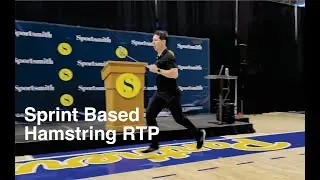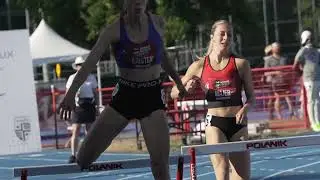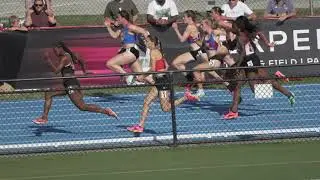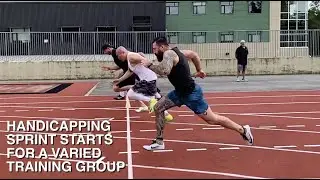Breaking in New Competition Footwear: Maxfly Case Study
As a follow up to my review of the Nike Zoom Maxfly sprint spikes, I discuss the replacement of the original spikes with a brand new pair. We discovered that the original pair was exceptionally more compliant than the new pair, particularly on the left foot. Not surprisingly, my son has had some soft-tissue issues on the left side in the distal hamstring tendon where it intersects with the calf muscles.
Because of the significant differences in shoe stiffness, we devised a progressive plan to re-introduce a new pair of the shoes. Since he is training for and competing in the 100m and 200m sprint events, we thought it best to do a gradual re-introduction of the new shoes over a number of workouts, gradually building up total sprint volume in them and prioritizing upright sprint reps over starts and acceleration, at least for a few training sessions.
This highlights the need to consider the 'impact' of changes in footwear, particularly for track spikes, football and soccer cleats and other shoes that tend to be on the stiffer side. I have also heeded the same concern when working with shoe drop -- transitioning from a greater drop to a zero drop shoe. The repetitive nature of running can have significant cumulative affects on soft-tissues and joints. It is always better to proceed gradually with footwear changes.
Please subscribe for more up-to-date content and follow via:
Websites:
https://www.sprintcoach.com/
https://www.runningmechanics.com/
Instagram:
/ derekmhansen
Watch video Breaking in New Competition Footwear: Maxfly Case Study online, duration hours minute second in high quality that is uploaded to the channel Derek M Hansen 02 May 2024. Share the link to the video on social media so that your subscribers and friends will also watch this video. This video clip has been viewed 194 times and liked it 3 visitors.































